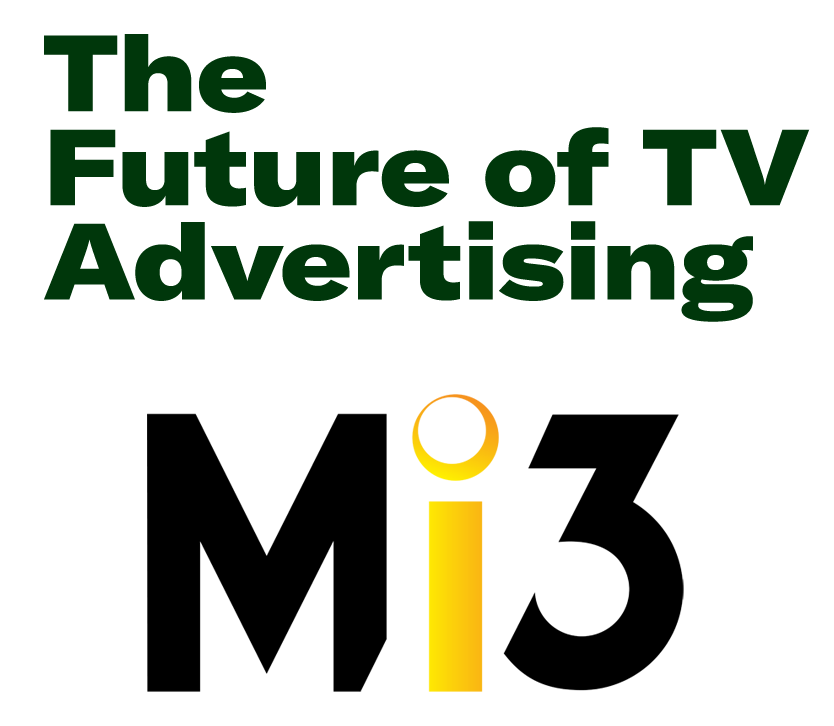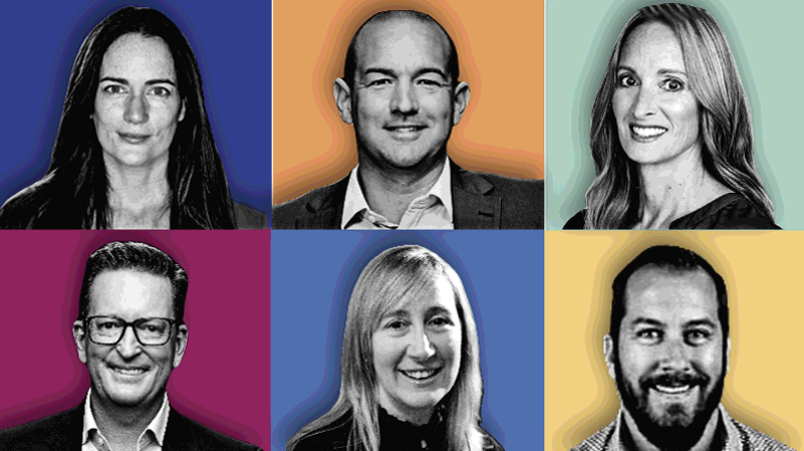Lower adloads the new frontier? Foxtel Media backs price premium for better viewer experience, results; Nine’s Stephenson warns of pricing trade-off as agencies tread carefully
An Mi3 editorial series brought to you by
The Future of TV Advertising Forum and Mi3


Clockwise from top left: YouTube's Caroline Oates; Foxtel Media's Mark Frain; Magna's Lucy Formosa Morgan; OMD's Thad King; Vevo's Nathalie Gabathuler-Scully; Nine's Michael Stephenson.
Foxtel Media chief Mark Frain says user experience is the new battleground for TV companies pushing harder into streaming – and reckons advertisers will pay a premium for higher attention. Ad loads on Binge won't go beyond four minutes per hour, he told the future of TV. Nine's Michael Stephenson says the network could reduce ad loads, currently set to eight minutes per hour maximum for BVOD, but advertisers would have to pay more to balance the books. Agencies are open to paying more for higher attention, if networks can guarantee better business results – but warn it cuts both ways: TV companies seeking rate rises and attention premiums would have to drop rates elsewhere.
What you need to know:
- Foxtel Media chief Mark Frain is backing lower ad loads as TV companies push deeper into streaming. He says user experience is the new battleground advertisers will pay a premium for less clutter and higher attention.
- Binge won’t go beyond four minutes of ads per hour, per Frain. Its CPMs are understood to be north of $60.
- Nine sales boss Michael Stephenson said the network could reduce ad loads – a max of eight minutes on BVOD – but advertisers would have to pay more. He questions their appetite for higher rates.
- Agencies execs don’t rule out paying more for higher attention in less cluttered ad breaks, but say they are already paying a premium for attention – and said prices lower attention slots would therefore have to come down.
Loaded question
Foxtel Media CEO Mark Frain is backing lower ad loads to drive major revenue gains as it launches ads on streaming service Binge – and said the company won’t increase ad loads beyond four minutes per hour.
The company is understood to be charging upwards of $60 CPMs for ads on Binge.
That represents a premium over BVOD rates, which broadly range from a $30-$55 CPM depending on the network and targeting parameters.
“We've got quantum growth coming on both Kayo and Binge, and that's the revenue growth opportunity. There's no point increasing the ad load to affect the customer experience and the advertising experience,” said Frain.
“Lower ad loads on traditional pay TV channels delivers higher attention, and lower ad loads in the digital ecosystem also deliver high attention … So we will hold the ad loads.”
Nine sales chief Michael Stephenson said Nine has capacity to run eight minutes per hour on its BVOD properties, though it is “currently generating somewhere between five and six minutes per hour,” said Stephenson.
He said Nine could reduce ad loads, but questioned market willingness to pay commensurately higher rates required to balance out the network's overall ad revenue.
“I think we all would respect and accept that lower ad loads, [with] less clutter [are] more effective. But there's the economics of it … If advertisers or agencies were willing to pay for that increased effectiveness, then there's no problem at all. But we can't do that without that trade-off.”
Frain and Stephenson were speaking at the Future of TV Advertising conference in Sydney, alongside Caroline Oates, head of YouTube and programmatic media, and Vevo revenue and distribution chief Natalie Gabathuler-Scully.
Gabathuler-Scully said the music streaming platform is also sitting somewhere between six and eight minutes of ads per hour, a “sweet spot” that balances user experience and commercials. YouTube’s Oates declined to reveal the platform’s ad loads, stating they vary by user and are “dynamic”.
Pay more for less?
Buyers haven’t ruled out paying higher rates for lower loads and higher attention, but are reluctant to commit without that investment being underwritten by better business outcomes. They say the rate trade-off flagged by Nine’s Stephenson cuts both ways.
Thad King, National Head of Planning at OMD, questioned whether brands ultimately risk paying more for the same overall outcomes if attention carries a premium without equivalent price declines in lower attention channels and formats.
“Attention is a huge factor. We work with Amplified Intelligence as a lot of agencies do and it is a factor [within planning]. But whether we pay a premium [for inventory with higher levels of attention] is a big question. Because in many areas, we are already paying a premium,” said King.
“For sport and tent-pole programmes, that premium is 100 per cent-plus. So … if we go down that route … should we be paying more?” The answer, he said, is “maybe”.
“On the flip side, are [media owners] going to pull down rates in areas that are of less attention? No, that's not going to happen. So all that means is clients will end up paying more in general for the same media, just in a different way,” per King.
“So if we go down that route, it has to strike that balance, because fundamentally we're trying to spend advertisers’ money as effectively as possible. Doing that as efficiently as possible doesn't mean that we should pay more for something we're already paying for.”
